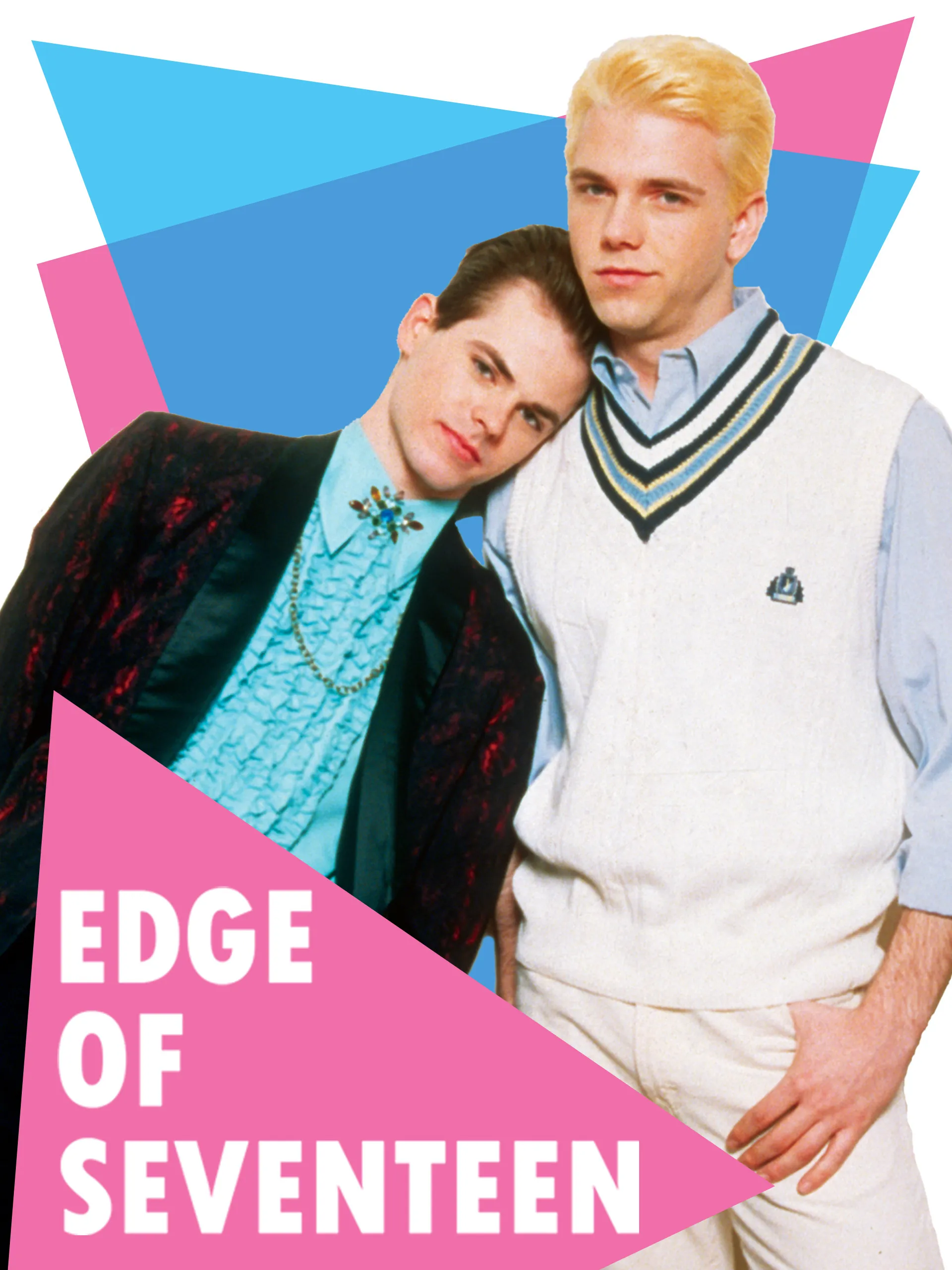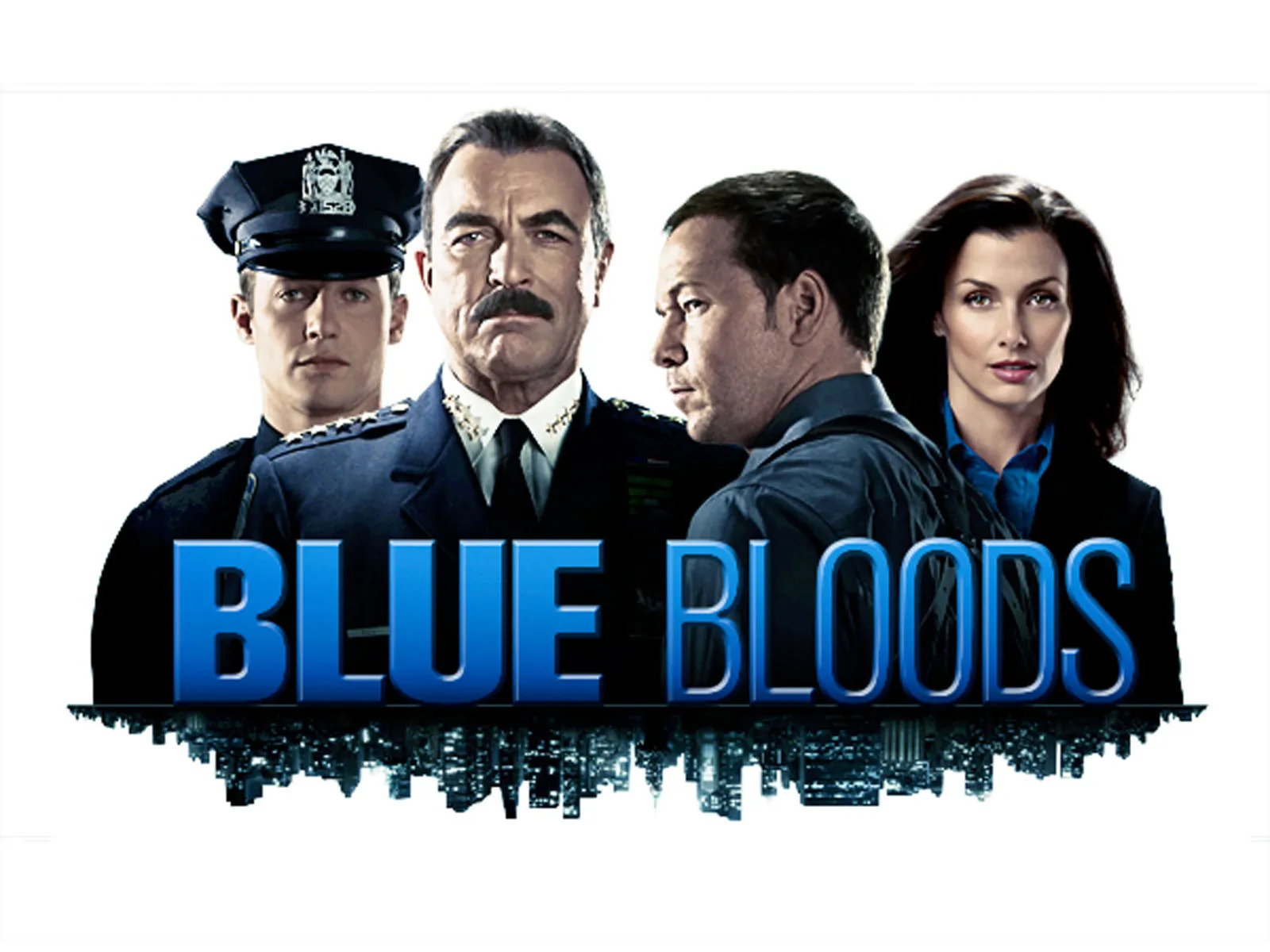Edge of Seventeen (1998) is a heartfelt coming-of-age drama that explores the joys, struggles, and self-discovery of adolescence, particularly through the lens of sexual identity. Set in 1984 in Sandusky, Ohio, the film follows Eric Hunter (Chris Stafford), a bright, music-loving high school student who is excited about his summer job at a local amusement park with his best friend, Maggie (Tina Holmes). At first, Eric assumes his life is on a traditional path, but everything changes when he meets the charming and confident college student, Rod (Andersen Gabrych). Their flirtation sparks something inside Eric, leading him to question his sexuality and embark on an emotional journey of self-acceptance.
As Eric begins to explore his attraction to men, his friendship with Maggie becomes strained. She struggles to understand his changing feelings, while he grapples with his growing desire for Rod. This internal conflict is heightened by the pressures of societal expectations in the 1980s, a time when LGBTQ+ identities were not as openly accepted. The film poignantly captures the fear, excitement, and confusion that come with realizing one’s true self, making Eric’s story deeply relatable for anyone who has ever faced the challenge of self-discovery.

The heart of Edge of Seventeen lies in Eric’s emotional transformation. He starts as an unsure teenager caught between the expectations of his small-town life and his own desires. As he ventures into the local gay scene, he experiences both the thrill of first love and the harsh realities of growing up in a world that isn’t always accepting. His encounters, from the intoxicating but fleeting romance with Rod to his more mature and understanding connection with others, shape his journey toward self-acceptance.

One of the film’s greatest strengths is its honest and unfiltered depiction of the LGBTQ+ experience. Unlike many coming-of-age films that gloss over the struggles of young queer individuals, Edge of Seventeen embraces the awkward, painful, and often messy process of coming out. Eric’s experiences—his moments of joy, heartbreak, and self-doubt—are portrayed with raw authenticity, making his story all the more impactful.
Visually, the film captures the nostalgic essence of the 1980s with its vibrant fashion, lively music, and colorful settings. The soundtrack, filled with hits from iconic artists like Eurythmics and Bronski Beat, enhances the film’s nostalgic feel while also reinforcing its themes of self-expression and liberation. Music plays a crucial role in Eric’s journey, symbolizing his transition from uncertainty to self-confidence.

Chris Stafford delivers a remarkable performance as Eric, portraying his character’s vulnerability and transformation with nuance and sincerity. Tina Holmes shines as Maggie, his best friend whose love and frustration reflect the emotional complexity of their friendship. Their dynamic adds depth to the film, illustrating how coming out doesn’t just affect the individual but also those closest to them.

By the end of the film, Eric has grown into a more confident and self-assured version of himself, embracing his identity despite the challenges he faces. His journey is not wrapped up in a neat, fairytale ending, but rather leaves the audience with a sense of hope and empowerment. Edge of Seventeen doesn’t just tell a story about coming out—it tells a story about growing up, learning to love oneself, and finding the courage to be authentic.
With its mix of humor, heartache, and self-discovery, Edge of Seventeen remains a landmark film in LGBTQ+ cinema. It provides a realistic yet uplifting portrayal of what it means to find one’s place in the world while staying true to who you are. More than two decades after its release, the film continues to resonate with audiences, reminding them that the journey to self-acceptance is never easy but always worth it.




